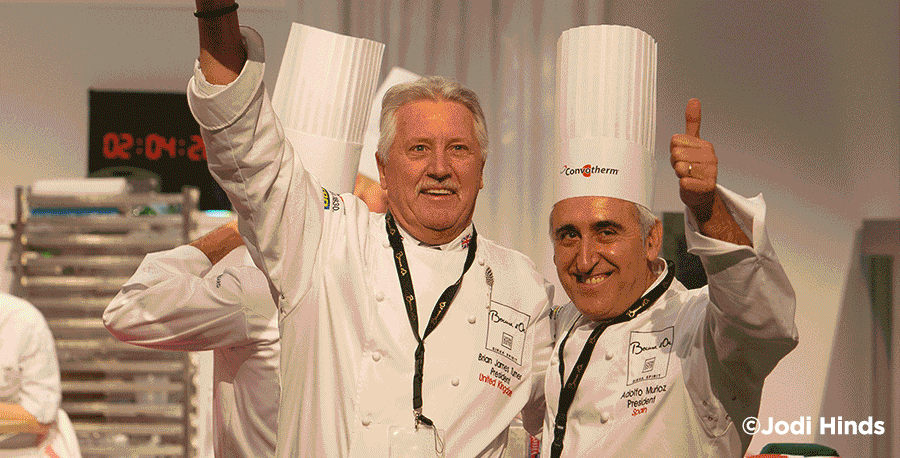
Turner On TV
Brian recently made an
appearance on James Martin's Saturday Morning

Click here to watch it again

Waitrose Weekend: National Curry Week
Posted on 15th October 2014
It’s National Curry Week when all the country is encouraged to think curry. Events are held to increase the awareness of curry restaurants in the UK, while raising funds to help combat poverty in the South Asian sub-continent. Around this time the Curry Capital Awards are held, where this year more than 20 cities compete to win the title of curry capital of Britain, which was won in 2013 by the city of Bradford for an unbelievable third time in a row, with Glasgow in second place and Wolverhampton coming third.
Britain seems to have had a connection with Indian food back to the 17th century when Britain traded goods with the sub-continent via the East India Company. The word curry is an Anglicised name and conjures up different things to different people depending on circumstances. For me it is a dish that has a combination of flavours with the fragrances of cumin, cloves, cardamom, cinnamon and other spices. This mixture of spices is called a masala, the most common for Brits being a garam masala which is the principal spice mixture in northern Indian cookery.
It strikes me that the blending of spices is the very essence of Indian cookery, there being such a diverse amount of spices that can be used to produce particular dishes and tastes as well as regional variations. These mixtures are always made fresh in India, but it was the desire to recreate these tastes back home that led to the creation of a ready mix reflecting the flavours of masala found in India. This we now know as curry powder. As time has gone on more people here make their own mixture and use it immediately just as would be done on the sub-continent, obviously giving a far better flavour.
The constant migration of Indian nationals over the years has led to curries being made worldwide and each country has its own style, so similar yet so different from the curry found in India. In Thailand, red and green curries are the most common; the former uses fresh green chillies, while the latter uses
dried red chillies, and both use coconut milk to create the sauce.
Then of course the Malaysian Rendang is a slower-cooked dry curry with big fresh ginger and galangal (a knobbly-looking root from the ginger family) flavours added to the chilli. Japanese and Caribbean curries are once again as different as indeed is one of my favourites, the Cape Malay curry found in
South Africa, famous for its fruity and full-bodied flavour.
As I heard someone once say about making a good curry: ‘There are as many interpretations as there are cooks.’ For some of us that sounds like perfection – so many more curries to taste! And, don’t forget, when the curry is mentioned there are dhals, naans, bhajis, raitas and rice dishes needed to go with it.
So for me it’s a British night out this weekend – off to the pub and then out
for a true ‘Ruby Murray’ at my well tried-and-tested Indian!


